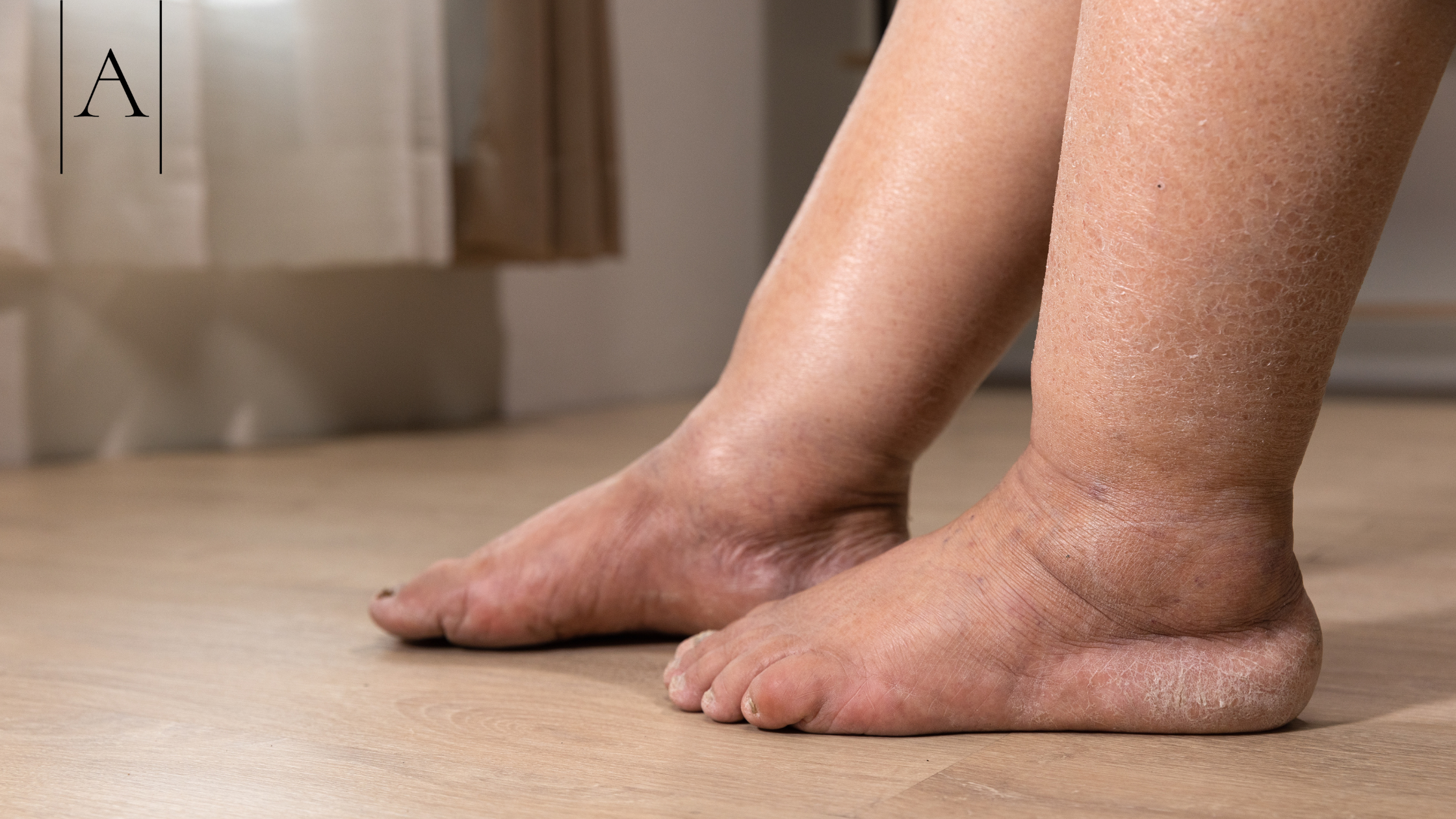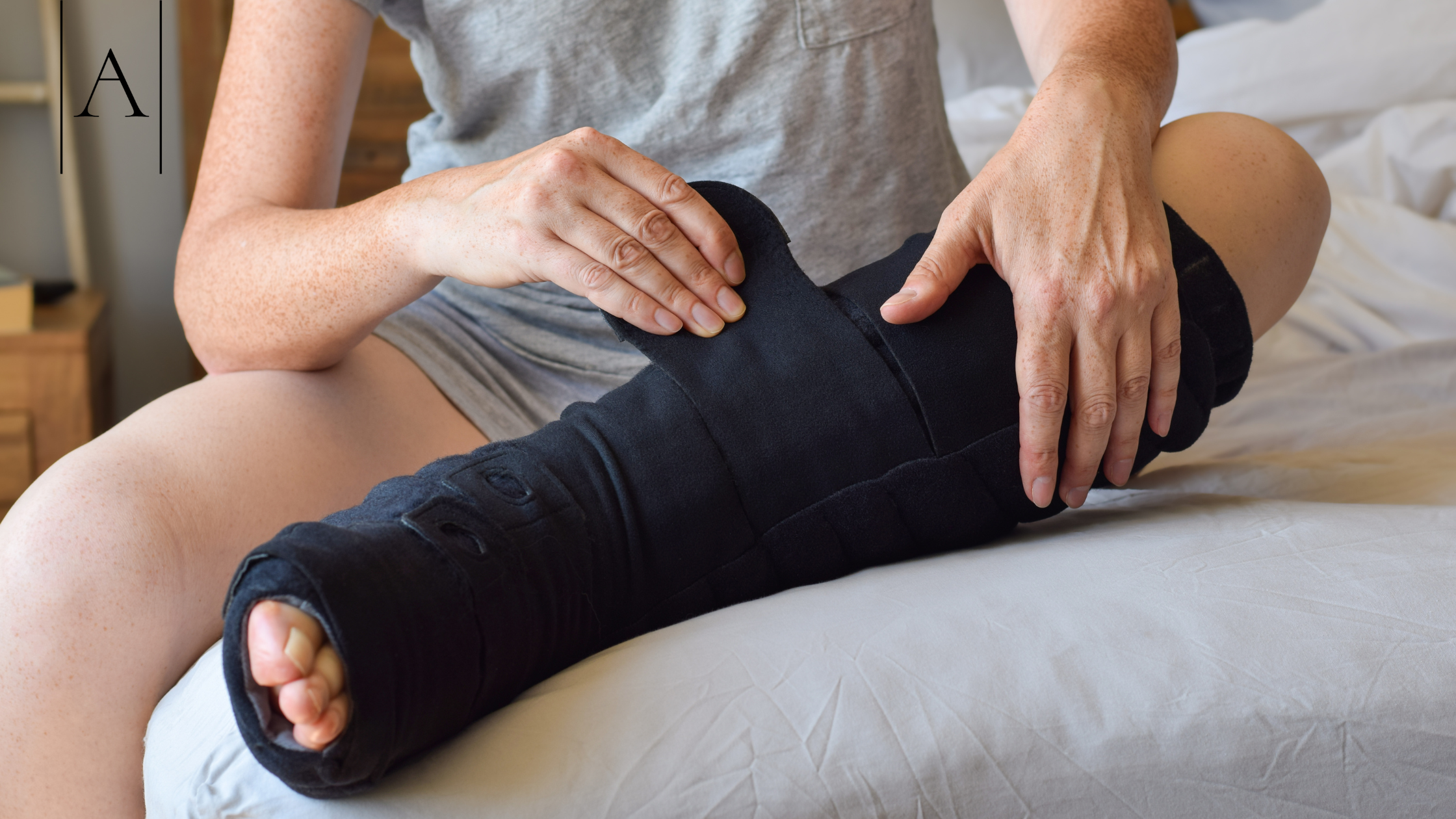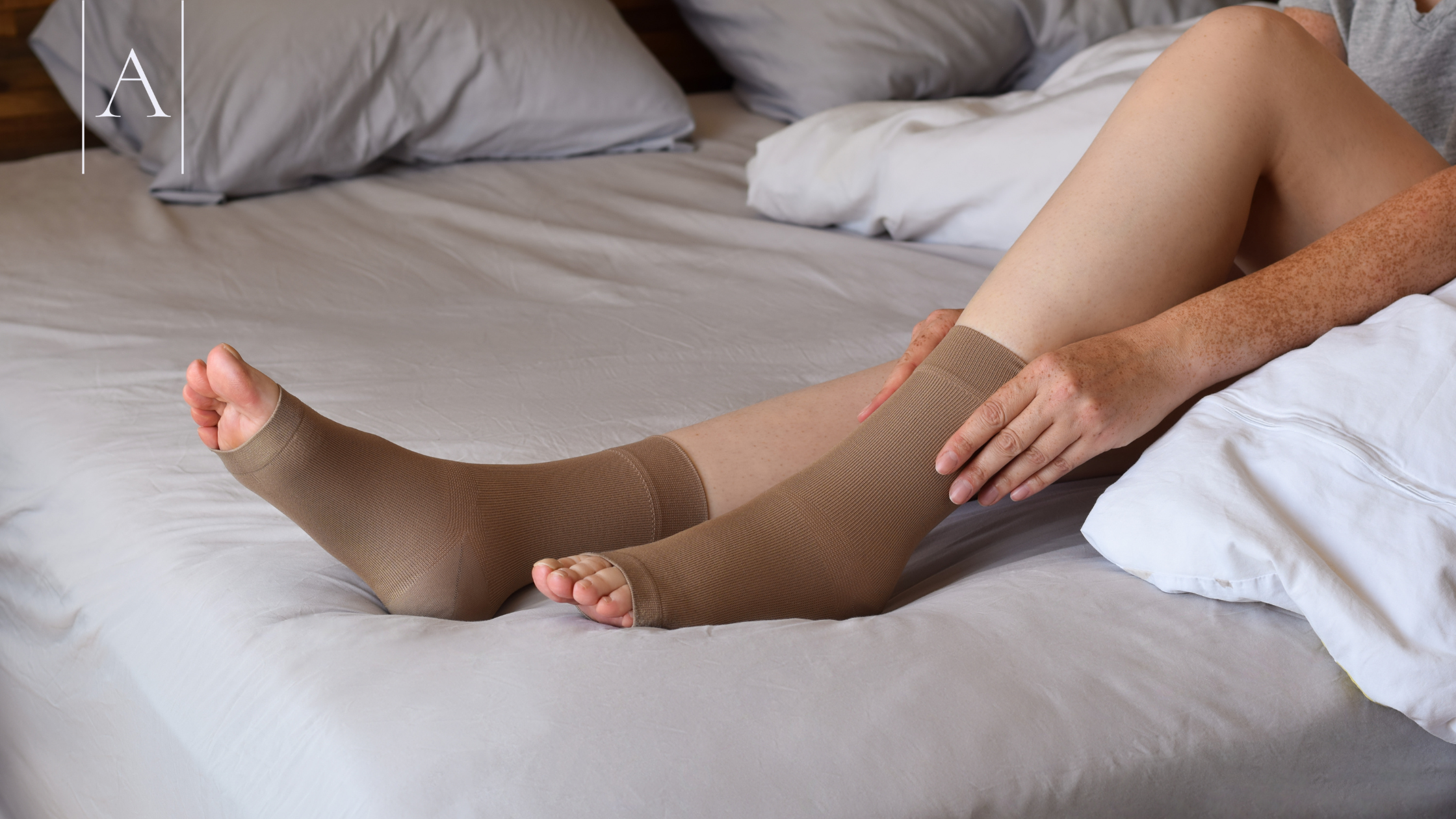
Understanding Lymphedema
What Is Lymphedema?
Lymphedema is a condition where fluid builds up in your tissues due to a blockage in your lymphatic system. This system plays a vital role in maintaining your body’s fluid balance and supporting your immune function. When it doesn’t work properly, fluid accumulates, causing swelling, usually in your arms or legs. Over time, this swelling can lead to chronic lymphedema, where the condition becomes long-lasting and harder to manage.
Causes and Risk Factors
Several factors can increase your risk of developing lymphedema. Cancer treatments, especially those involving lymph node removal, are among the most common causes. For example, breast cancer patients often experience arm lymphedema after mastectomy or radiation therapy. Other causes include infections, trauma, or congenital abnormalities in your lymphatic system. Regardless of the cause, lymphedema requires proper care to prevent complications and improve your overall well-being.
Chronic lymphedema occurs when the condition persists over time, leading to changes in your tissues. These changes include the accumulation of fat and fibrosis, which make the swelling more difficult to treat. Without proper management, this can significantly impact your daily life.
How Lymphedema Impacts Mobility and Quality of Life
Lymphedema can severely affect your mobility and quality of life. The swelling often makes it harder for you to move freely, especially if it affects your legs or arms. Everyday tasks, such as walking, lifting objects, or even dressing, can become challenging. Over time, the condition may lead to discomfort, pain, and a feeling of heaviness in the affected limb.
Beyond the physical challenges, lymphedema can also take a toll on your mental health. Many people feel self-conscious about the visible swelling, which can lead to anxiety or depression. Addressing these issues is crucial to improving your overall quality of life. Treatments like liposuction, combined with proper post-operative care, can help reduce swelling and restore your mobility.
At Asthetica, we understand how important it is for you to regain control over your life. Our tailored medical tourism packages ensure you receive world-class care in accredited facilities while enjoying a stress-free recovery in a luxurious environment.
Liposuction for Lymphedema: How It Works

The Role of Liposuction in Lymphedema Management
Liposuction offers significant physical benefits for lymphedema patients, especially those with chronic lymphedema. By removing excess adipose tissue, this surgical intervention reduces the size and weight of the affected limb. This reduction alleviates the heaviness and discomfort that often accompany advanced lymphedema. You may find it easier to perform daily activities, such as walking, lifting, or dressing, as mobility improves. When conservative therapies like manual lymphatic drainage or compression therapy fail to reduce swelling, liposuction becomes a viable solution. Unlike other surgical methods, liposuction offers a more comprehensive reduction in limb volume. It addresses the fat deposits that traditional treatments cannot eliminate. This makes it an essential option for late-stage lymphedema treatment.
This procedure also enhances blood flow and lymphatic fluid circulation, which can reduce the risk of complications like cellulitis. Many patients report experiencing significant relief from pain and swelling after undergoing this treatment. With proper post-operative care, including compression therapy, the physical improvements are long-lasting, improving both mobility and quality of life.
The Surgical Procedure
The surgical process for liposuction in lymphedema treatment is precise and minimally invasive. Surgeons use small incisions to insert specialised cannulas, which remove the excess fat tissue. The procedure typically lasts two to three hours, depending on the severity of the condition. Advanced techniques, such as power-assisted liposuction, ensure accuracy and minimise trauma to surrounding tissues.
During the surgery, a tourniquet may be applied to control blood flow, and a sterile compression garment is fitted immediately after the procedure. This garment helps manage swelling and supports the healing process. The surgical team ensures that the lymphatic vessels remain intact, preserving any remaining lymphatic function.
Post-Operative Care and Compression Therapy

Post-operative care is crucial for maintaining the benefits of liposuction for lymphedema. Compression therapy plays a central role in this phase. You will need to wear custom-fitted compression garments around the clock to prevent fluid build-up and maintain the reduced limb size. These garments are adjusted regularly to ensure optimal fit as your limb heals and reshapes.
Regular follow-up appointments allow your medical team to monitor progress and make necessary adjustments. Proper hygiene and garment care are also essential to avoid complications.
At Asthetica, we ensure you receive comprehensive guidance on post-operative care. Our medical tourism packages include access to world-class surgeons and accredited facilities, ensuring a seamless recovery experience.
Choosing Asthetica means you can focus on healing while enjoying a luxurious, stress-free environment. With our expertise, you can achieve the best possible outcomes for your lymphedema treatment.
Psychological and Emotional Benefits

The psychological impact of lymphedema can be profound. Visible swelling often leads to self-consciousness, anxiety, or even depression. Liposuction not only improves the physical appearance of the affected limb but also boosts your confidence and mental well-being.
When you regain mobility and independence, your quality of life improves. You may feel more comfortable participating in social activities or pursuing hobbies that were once challenging. The emotional benefits of effective lymphedema treatment extend beyond the individual, positively affecting relationships and overall life satisfaction.
At Asthetica, we understand the importance of holistic care. Our medical tourism packages provide a stress-free recovery environment, allowing you to focus on both physical and emotional healing.
Is Liposuction the Right Treatment for You?
Who Is a Suitable Candidate?
Liposuction for lymphedema is most effective for patients with chronic, non-pitting lymphedema. If conservative therapies like compression therapy or manual lymphatic drainage have not provided sufficient relief, you may be a suitable candidate. This treatment works best when excess adipose tissue dominates the swelling, as liposuction removes this tissue to restore limb function.
You must also demonstrate a commitment to wearing compression garments post-surgery. These garments are essential for maintaining the outcomes of the procedure. Patients with untreated cancer or active infections are not eligible for this surgical option. Consulting a specialist will help determine if this treatment aligns with your specific condition and goals.
Consulting a Specialist for Personalised Advice
Every case of lymphedema is unique. Consulting a qualified specialist ensures you receive personalised advice tailored to your needs. A thorough evaluation will assess the severity of your condition, your medical history, and your response to previous treatments. Specialists can also explain how liposuction fits into comprehensive lymphedema management.
At Asthetica, we connect you with world-class surgeons who specialise in lymphedema treatment. Our team ensures you receive care in ISO and JCI-accredited hospitals, where the highest standards of safety and quality are maintained. With our expertise, you can feel confident in your decision-making process.
Asthetica’s team ensures you have all the information you need before proceeding. We guide you through every step, from consultations to post-operative care, so you can focus on achieving the best possible outcomes. With our comprehensive management approach, you can recover in a stress-free, luxurious environment while saving significantly on costs.